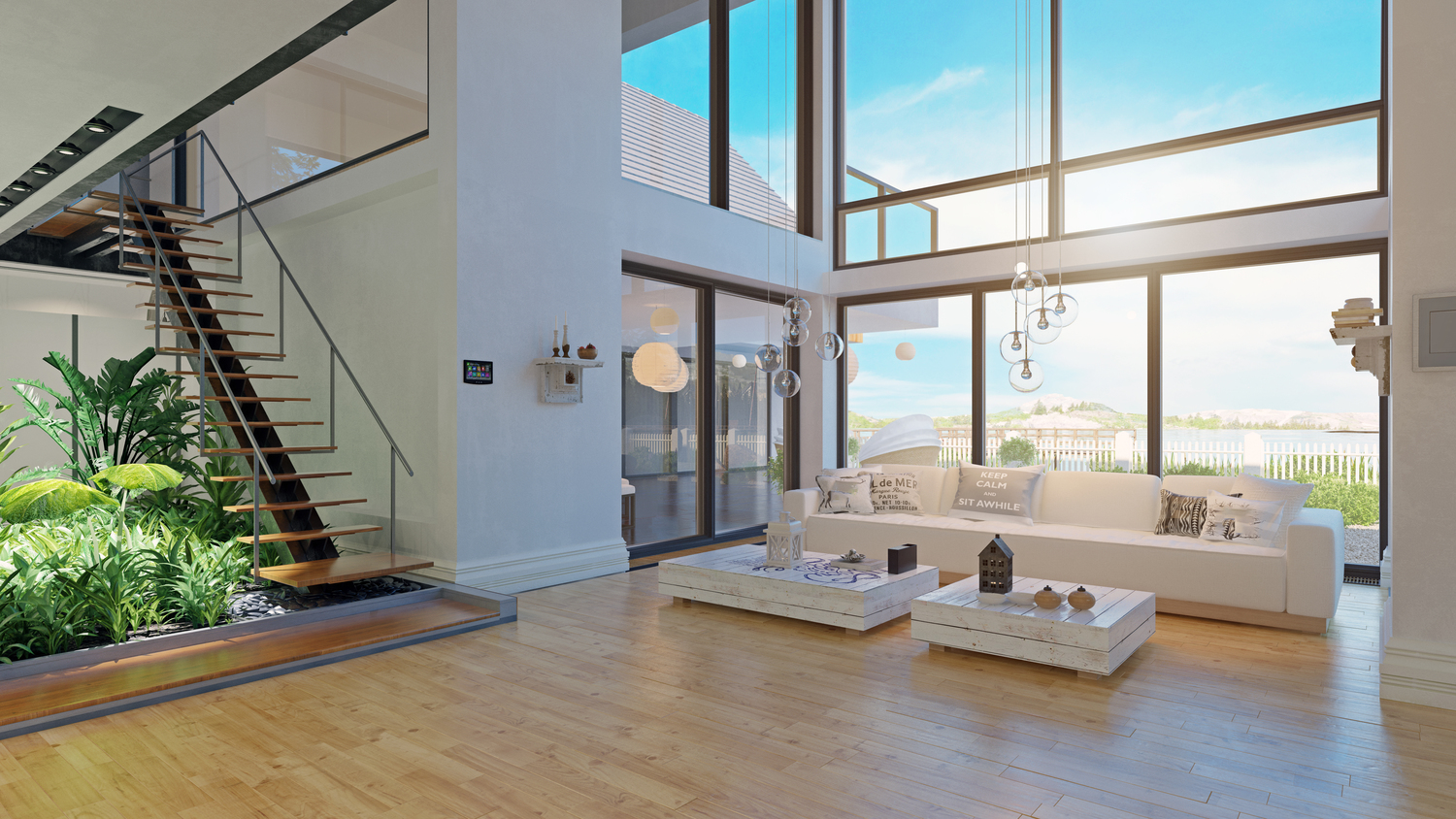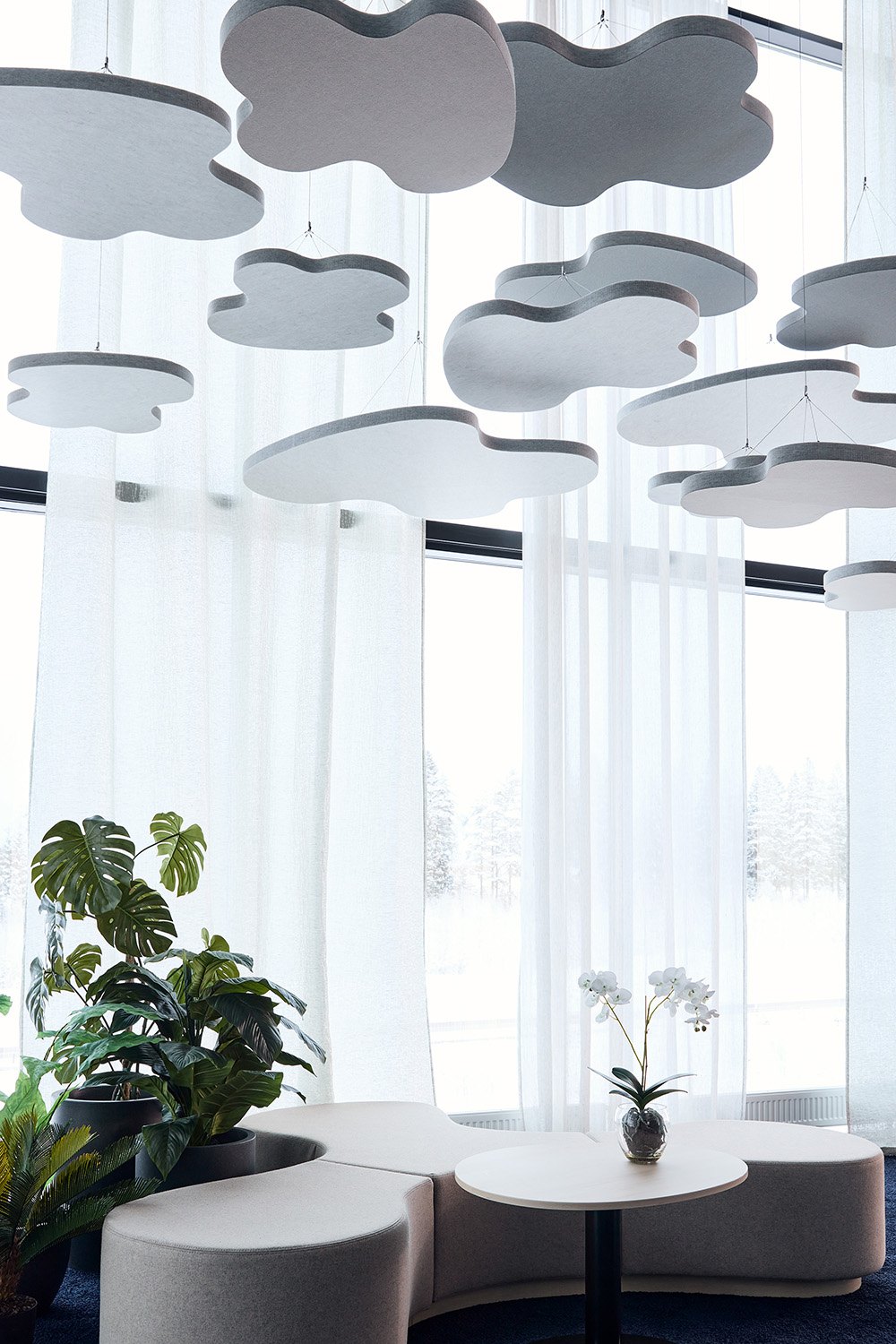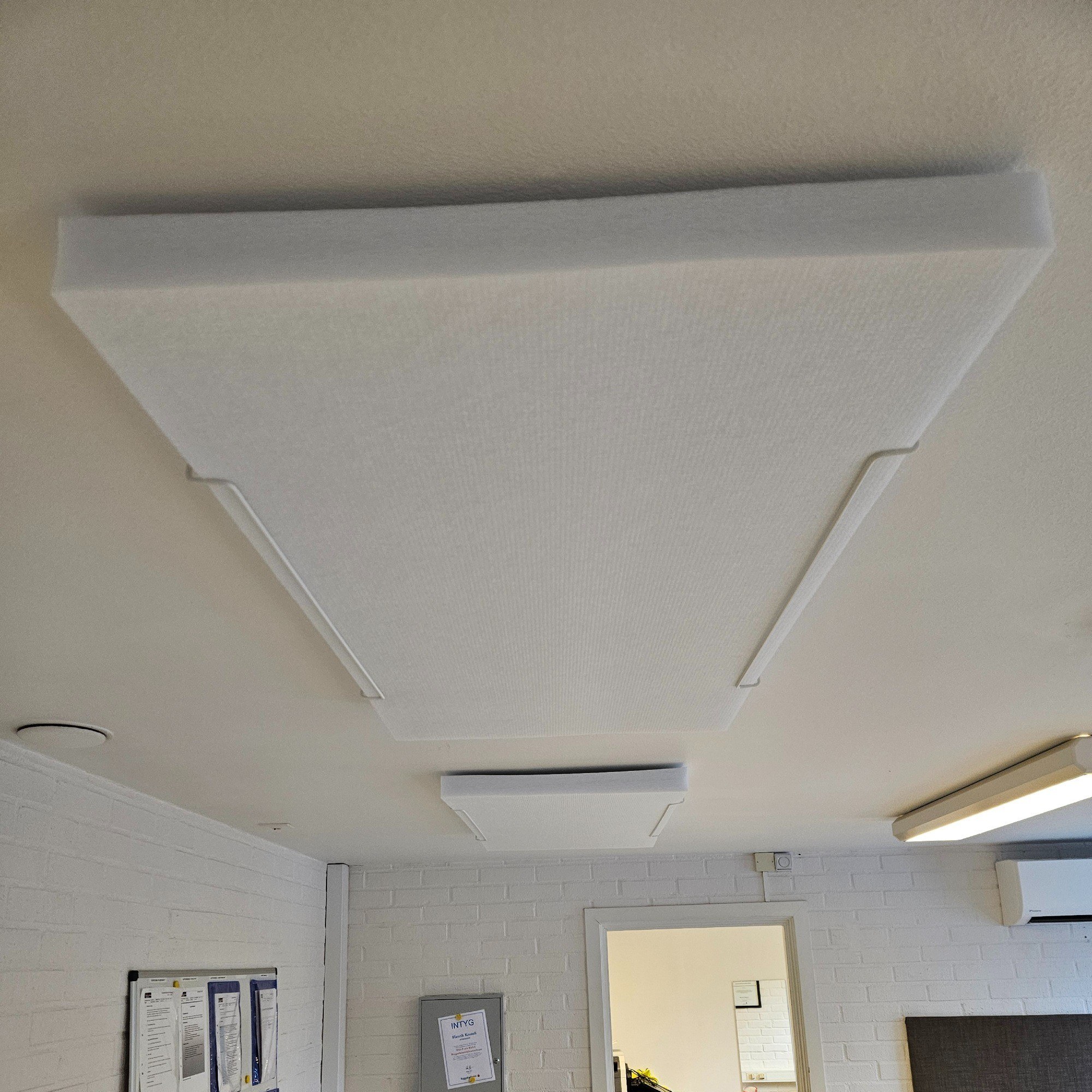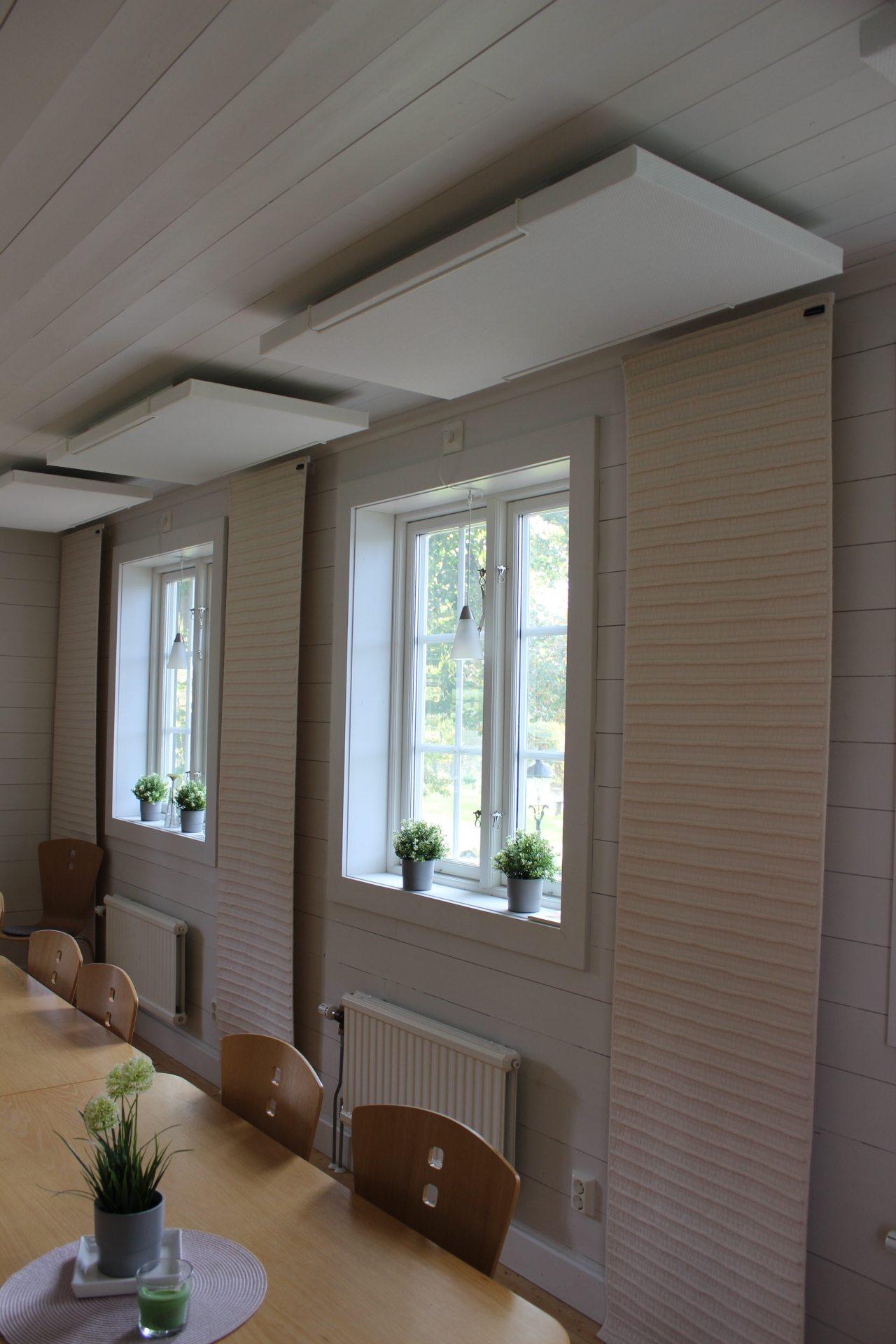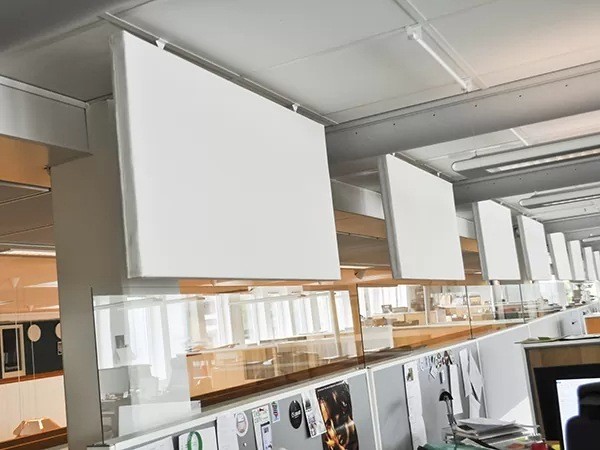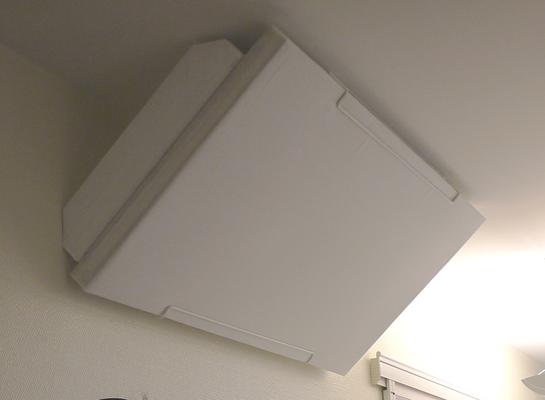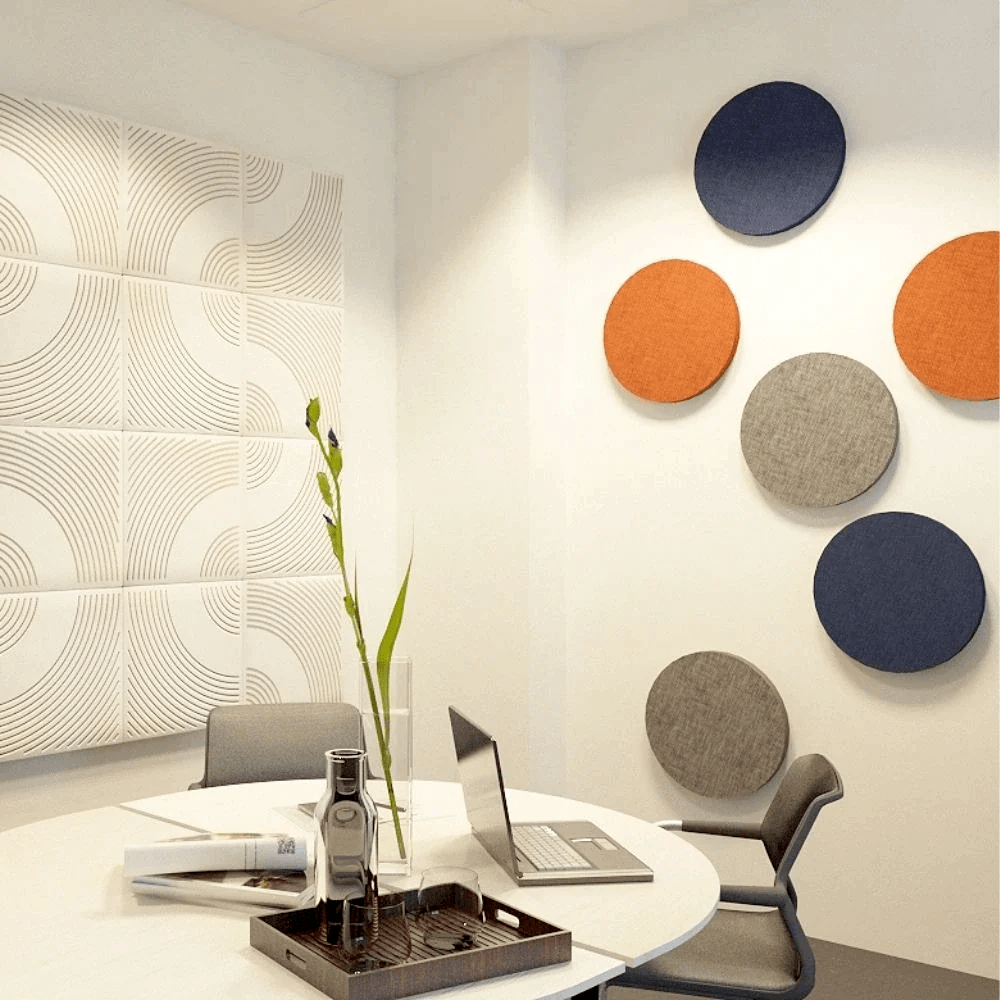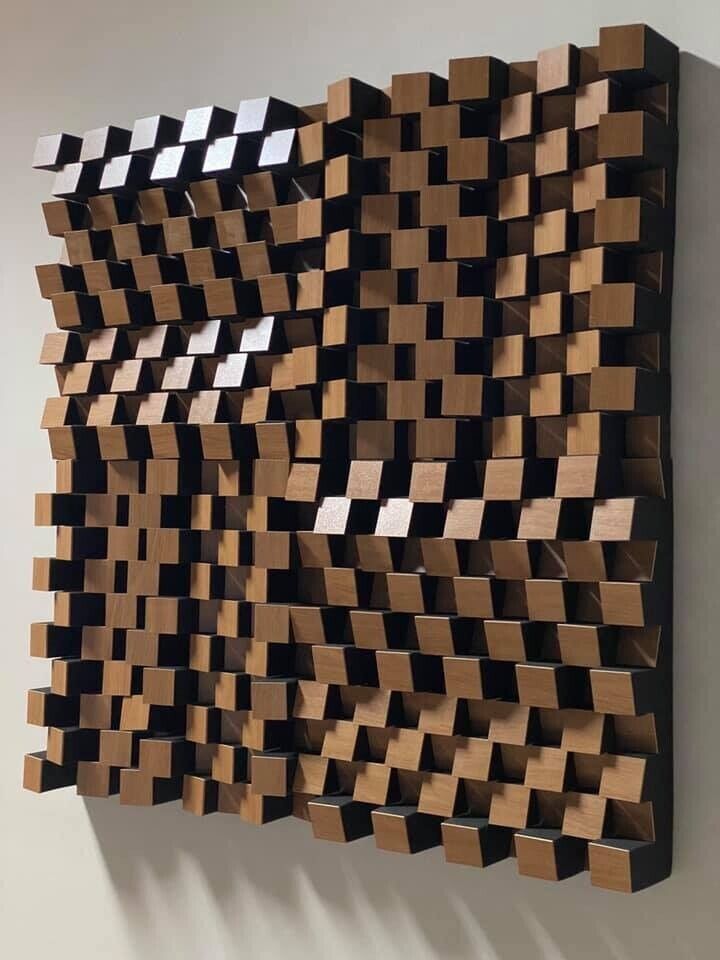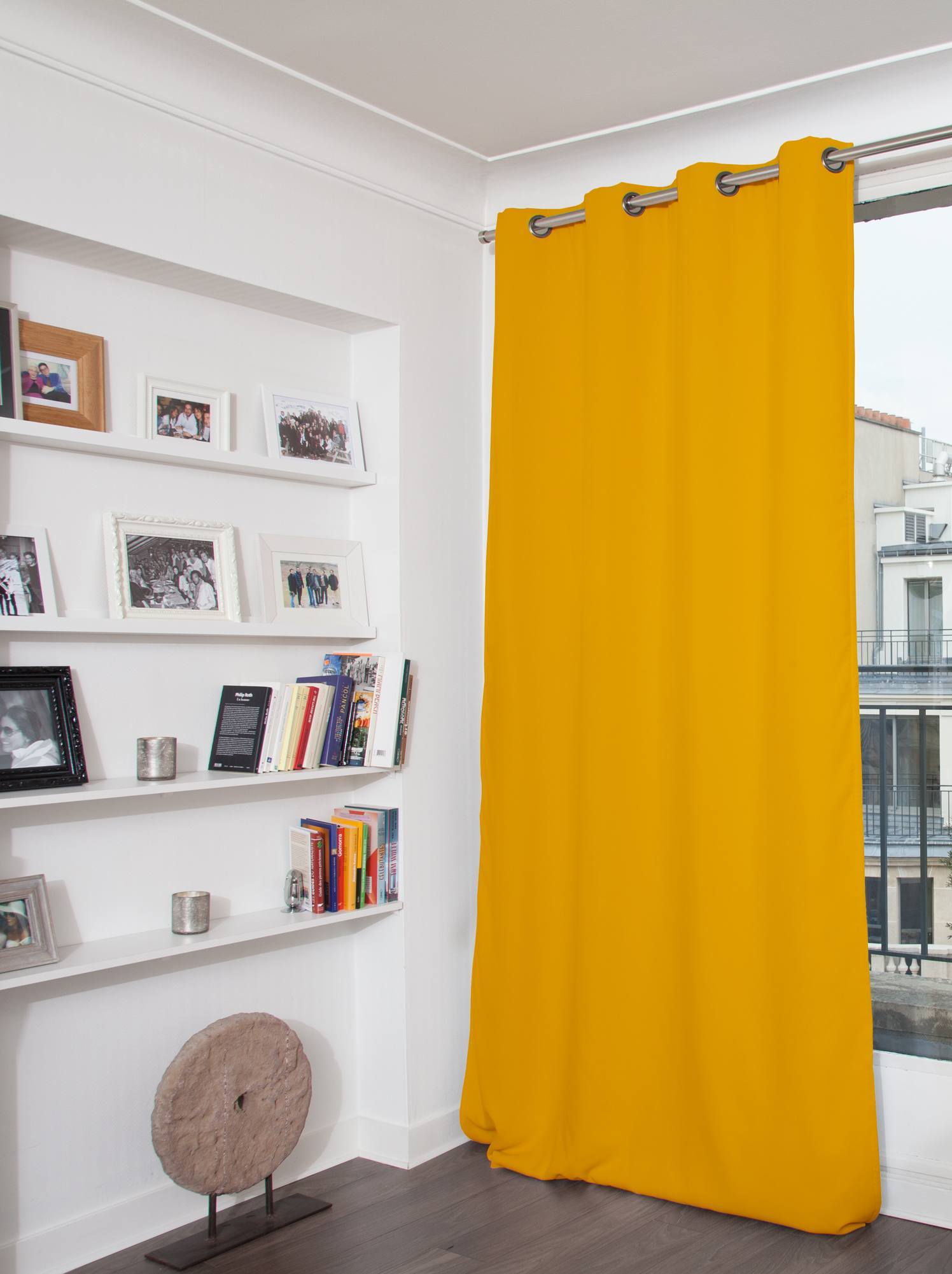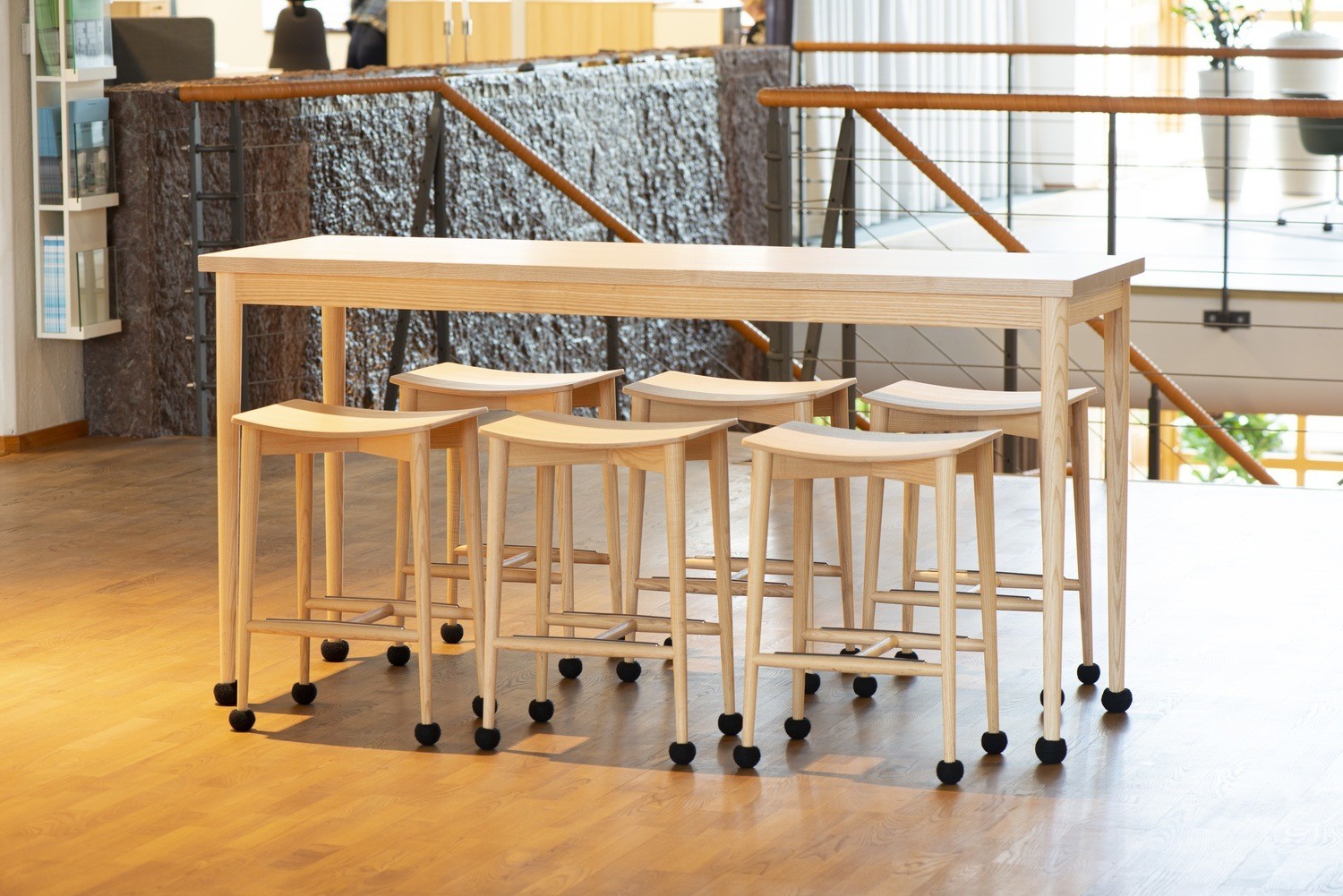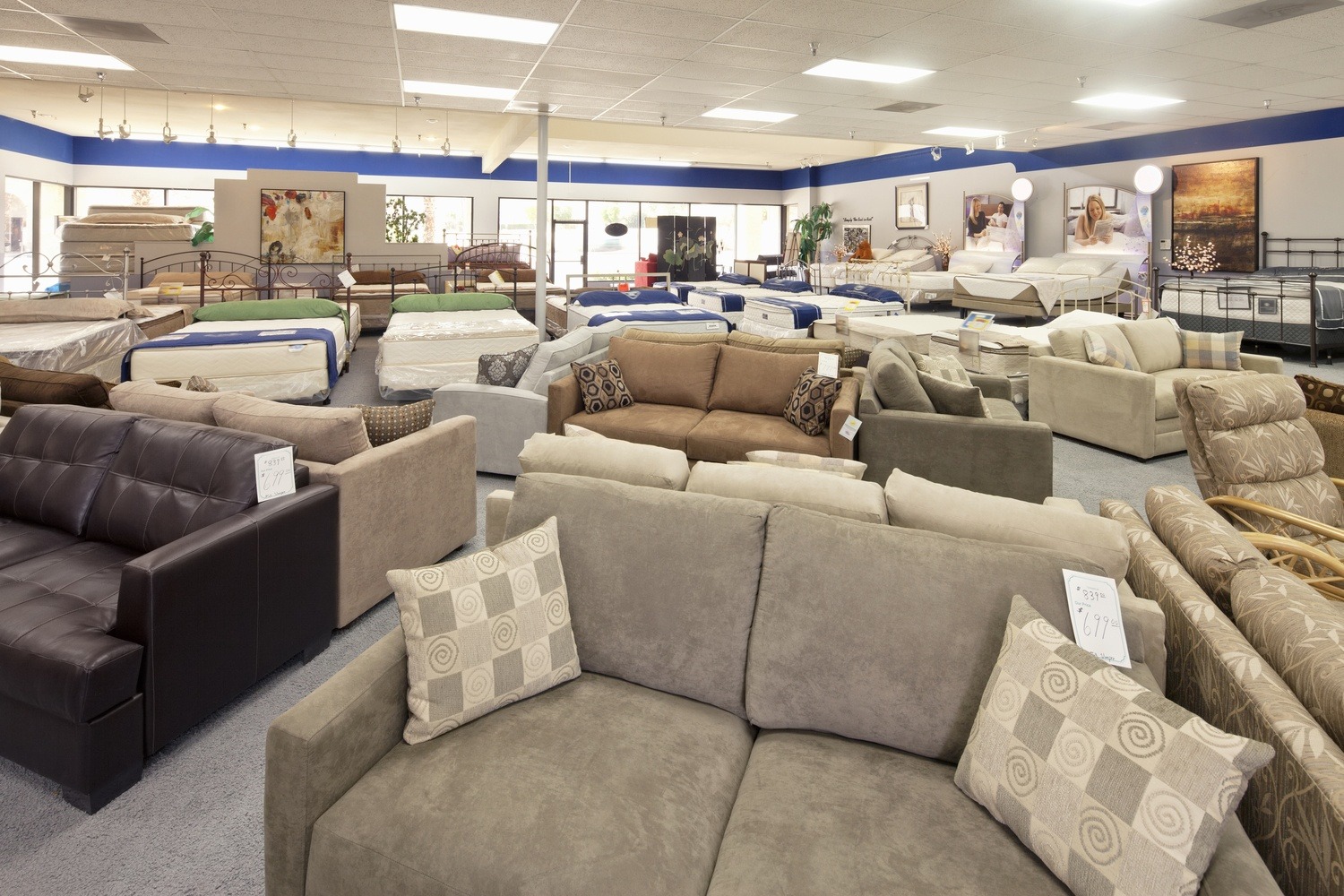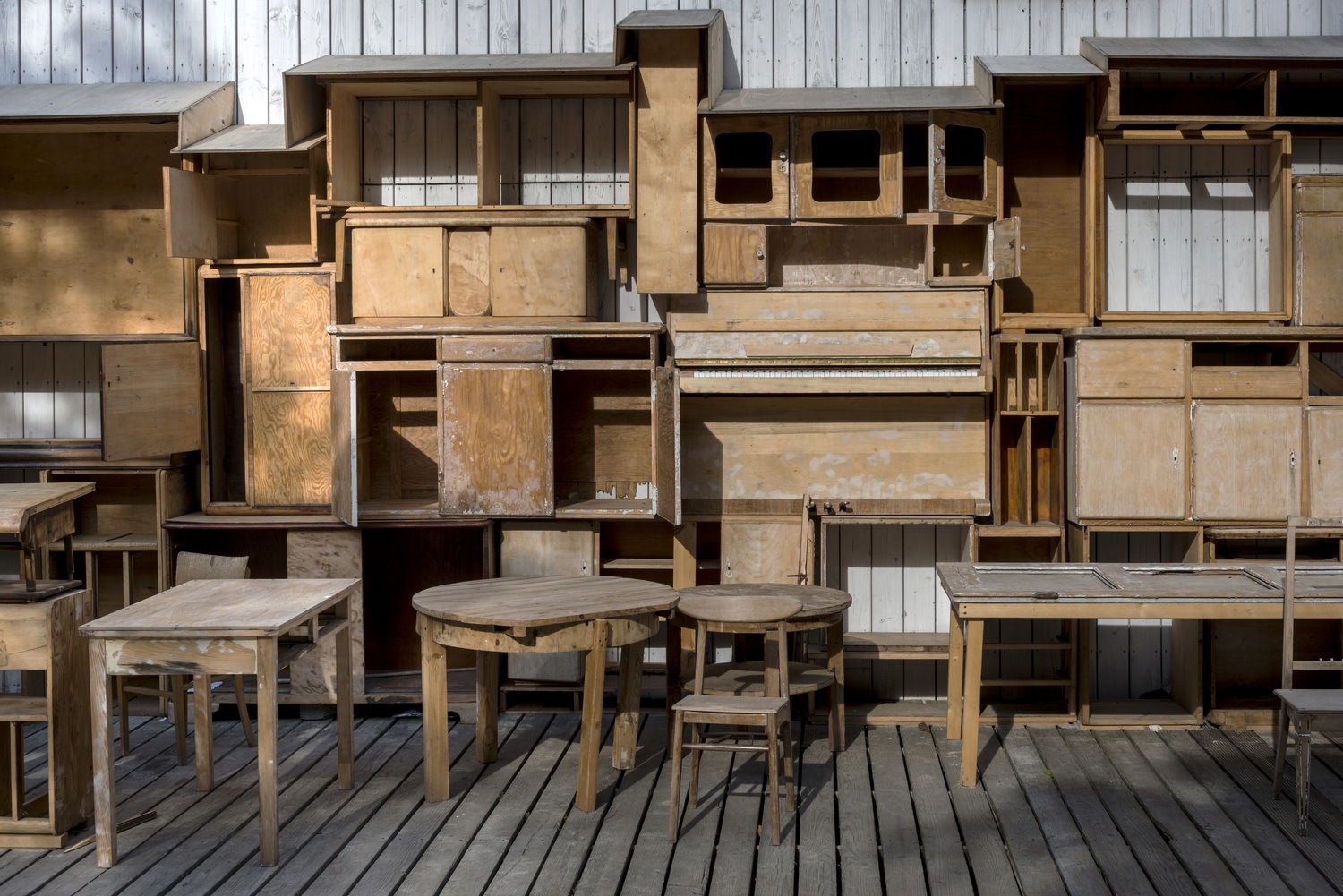How to improve acoustics in rooms with high ceilings
Rooms with high ceilings create an airy and spacious feeling, but they often pose acoustic challenges. Because sound waves have a longer distance to travel before they are absorbed, long reverberation times occur, which can create disturbing echoes. This affects sound comfort in everything from living rooms and office environments to restaurants and conference rooms. An unbalanced sound environment makes it difficult to hold conversations, impairs concentration, and can contribute to a stressful atmosphere.
By strategically absorbing sound with the right materials, you can effectively reduce reverberation and create more pleasant acoustics. Here we go through how you can best optimize the sound environment in rooms with high ceilings.
Why do you need sound absorption in rooms with high ceilings?
Reducing reverberation is not just about improving sound—it's about creating a more pleasant and functional environment. Here are some of the benefits of well-balanced acoustics:
Better speech intelligibility
Conversations become clearer, which is important in offices, restaurants, and meeting rooms, for example.
Reduced noise level
Reverberation amplifies the sound volume in a room. By dampening reflections, you can lower the overall sound level and reduce background noise.
Increased comfort and well-being
A controlled sound environment creates a calmer atmosphere, both at home and in the workplace.
Improved working environment
Better acoustics increase concentration and reduce fatigue in office landscapes and educational environments.
How do you soundproof a room with high ceilings?
Improving acoustics requires a combination of sound absorption in the ceiling, on the walls, and through strategically placed materials in the room.
Sound absorption in the ceiling – reduce reflections
Ceilings are one of the biggest sources of sound reflection in rooms with high ceilings. By using sound-absorbing materials, you can effectively break up sound waves and reduce echoes.
- Ceiling absorbers can be mounted directly on the ceiling to dampen sound reflections.
- Hanging baffles and sound-absorbing sails are particularly effective in environments where you want to maintain the open feel of the room.
- Acoustic tiles can be installed to provide more discreet but powerful sound absorption.
Wall absorbers – an important part of the acoustic solution
In rooms with high ceilings, the walls often act as large reflective surfaces, which contributes to reverberation and amplifies the sound level. Sound absorbers on the walls are therefore an important part of the solution.
- Sound-absorbing panels placed on strategic surfaces can dampen sound waves and reduce echo.
- Fabric-covered sound absorbers combine aesthetics with function and can be used to create a stylish interior while improving acoustics.
- Sound-absorbing paintings and textiles such as curtains can help to further reduce reflections and create a softer sound environment.
Floors, furniture, and furnishings – natural sound absorption
The floor also plays an important role in sound absorption. Hard materials such as concrete, tiles, and wood can amplify sound, while softer materials help to absorb it.
- Rugs and carpets reduce sound reflections from the floor and contribute to more pleasant acoustics.
- Upholstered furniture such as sofas, armchairs, and poufs help to break up sound waves naturally.
- Bookshelves filled with books are excellent sound absorbers and can reduce the spread of sound in the room.
Recommended products for better acoustics in rooms with high ceilings
To effectively absorb sound from ceilings and walls, you can use specially developed sound absorbers that both improve the acoustics and blend into the room.
SilentDirect PES Ceiling
Sound-absorbing ceiling panels that reduce reflections and improve sound comfort.
SilentDirect PES Wall
Wall absorbers that dampen reverberation and create a more balanced sound environment.
SilentDirect PES Ceiling Fabric & PES Wall Fabric
Fabric-covered sound absorbers for ceilings and walls, perfect for a stylish interior.
All SilentDirect PES products are free from adhesives and binders, making them safe to use in all environments. They do not release fibers that can cause irritation and are available in several different sizes with a thickness of 50 mm, providing effective sound absorption.
How to create a better sound environment in rooms with high ceilings
Rooms with high ceilings often create problems with reverberation and echo, which affect both comfort and functionality. By using a combination of ceiling and wall absorbers, soft materials, and strategically placed furnishings, you can create a more pleasant sound environment.





